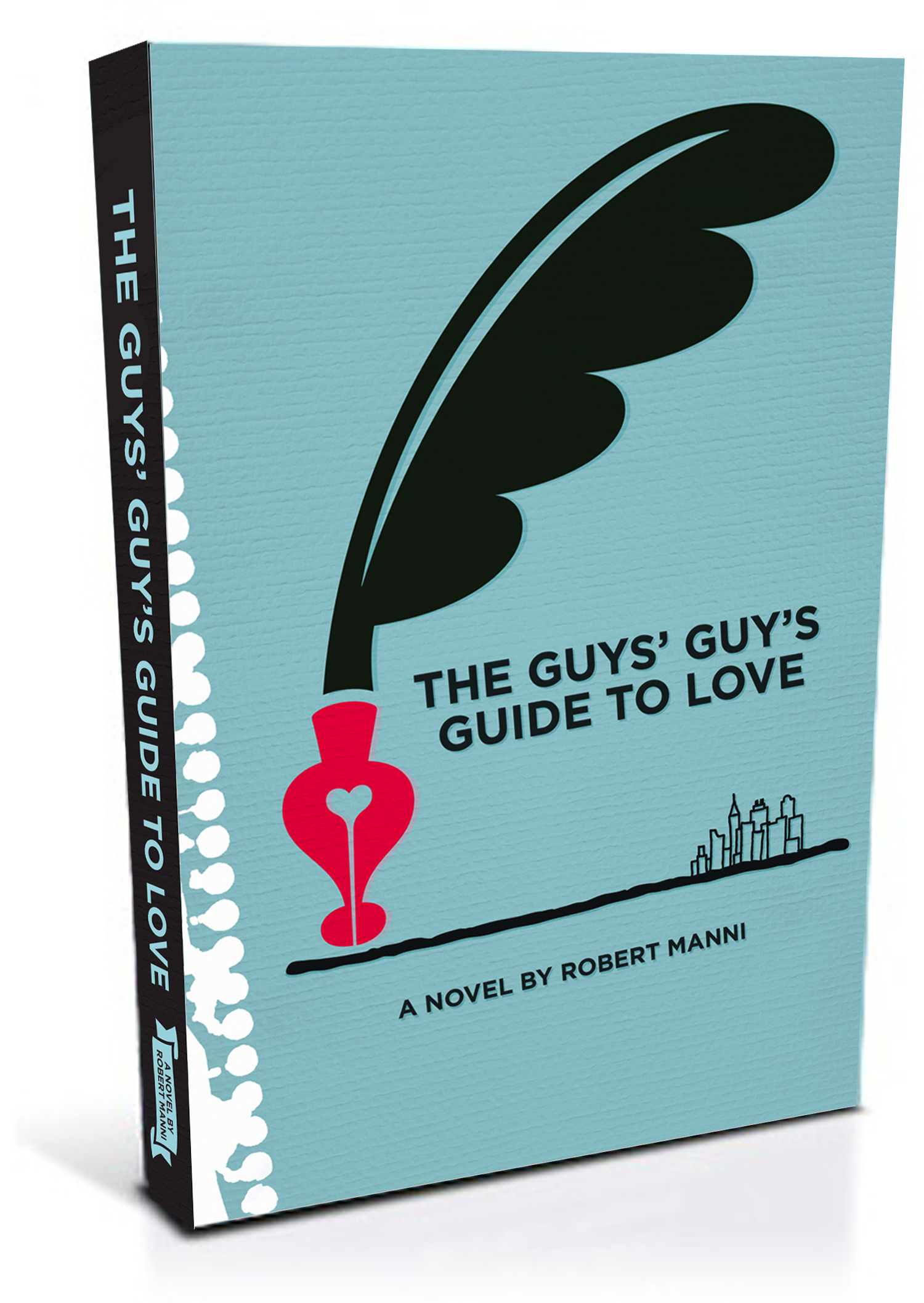The Guys’ Guy’s Guide to Running A Marathon

The first Sunday in November is a special day. Runners of all shapes and sizes come from around the globe to New York City to share a special human experience as they pack together while running 26.2 miles through the five boroughs. This could turn out to be one of the greatest achievements of their lives.
To me, the best thing about running a marathon is that anyone who puts in the training and completes the course can experience the feeling of competing in a world-class athletic event at an elite level. Very few know what it’s like to play a professional sport or perform in any way in front of a rabidly cheering crowd. I’m no elite athlete, but I’ve run my share of 5k and 5-mile races and finished three marathons. And even though all marathons are a tad over twenty-six miles, each one provided marathon a completely different experience and all taught me valuable lessons. I ran the first of three marathons at the age of forty-five and learned a few things that continue to help me today.
1. Focus.
Training for a marathon and running the race demand the integration of the body, mind and spirit. No matter what kind of shape you’re in, at some point during your training and the relentless twenty-six point two mile course you will be challenged. It could be a cramp, exhaustion, bad weather, or even an upset stomach. It doesn’t matter which, but you will find yourself faced with unexpected circumstances that require your attention. Even if you’ve train diligently and logged in the recommended long runs, a marathon requires an elevated level of mental toughness and spirit. Be prepared.
2. Don’t judge yourself too harshly.
Marathoners come in all shapes and sizes and speak many languages. During my first race I was surprised at how many runners who did not look in great shape passed me. At first my ego got the best of me when waves of older and chunkier runners zipped by. My first thoughts were to get down on myself and question my training. Then I recalled that everyone’s body processes oxygen differently. And, I had no clue as the kind of training regimen other people went through or how many marathons they’d already run. Once I realized all of this I got over myself and kept running.
3. Stick to your plan.
After a few miles of feeling overwhelmed by the magnitude of that first marathon and the presence of so many runners running elbow-to-elbow, I dug down and refocused on my strategy going into the race. I decided beforehand that I was only competing with myself, so I chugged along at a reasonably slow ten or eleven minute per mile pace and did not waver until reaching mile twenty. I figured that if I felt I had enough fuel in my tank I could speed up heading into those last six miles. Fortunately I did not hit the dreaded “wall” tat many runners experience at mile twenty. Supposedly that’s a point where the human body has hit its limit. And although I did hit the wall at this juncture during my next two marathons, this was not the case for me in my first race. My body, mind and spirit all felt in synch and due to the adrenalin rush I was feeling, I cruised through those final six miles. It seemed like at this point I was passing everyone else and sprinted up the hill across the finish line both hands held high. Let me tell you; it felt great and I attribute it to my adherence to consistent training and more importantly, following my strategy throughout the race.
4. Hydrate and eat throughout the race.
Running non-stop for four-plus hours requires lots of fuel. In each marathon I slowed my pace and took advantage of almost every water stop while also being careful to drink the water as opposed to not slowing down and throwing the cups of water towards my mouth. I also grabbed snacks the race provided and even sampled a few food items people watching the race were handing out. This kept my hydration and energy levels high throughout the long run.
5. Congratulate yourself.
Marathoners can be pretty tough on themselves. Instead of celebrating this amazing feat, many runners carp about what they did wrong and areas that need improvement next time. After the first race I questioned parts of my performance, but I also give myself credit for putting in all those hours and the hard work and training required to run a race of this distance. Now that my marathon running days are over I can look back fondly on realize of these accomplishments. I’m proud of a job well done.
6. Practice makes perfect. Train like a champ.
We all need to prepare for the big opportunities that come along in life. Whether it’s writing a screenplay, making a presentation at a national sales meeting, or running a marathon you need to invest time and psychic energy into the undertaking if you want to enjoy the experience and savor your victory—however you define it. Looking back, making sure I followed the classic marathon training protocol including those long, lonely twenty-mile training runs were critical to my fitness and state of mind on race day. I figured if I could run twenty miles in September without the cheering crowds I’d be in good shape to tack on another six miles by November. And I was prepared for each marathon and my dedication to training came in handy both physically and mentally.
In some ways running a marathon is a metaphor for living your life. We all experience pleasure, pain, and joy. When running a marathon we also run the game of human emotions experienced over the course of a few brief hours and twenty-six point two miles covered on a Sunday morning. If you get the urge to run a marathon, by all means do so. And if you do, make sure you fully immerse yourself in the experience—from each day of your training until you cross the finish line. You’ll be happy for doing your job well.







